
My nana taught me this hack to make orchids rebloom fast in 5 minutes with 0 work — here’s how it really works
Orchids are elegant, long-lasting houseplants, but many people find their bloom cycles mysterious and frustrating. If you’ve struggled to get your Phalaenopsis (moth orchid) to flower again, a deceptively simple trick—placing an ice cube on the potting medium once a week—has become a popular “5-minute” solution. Below I explain the method step-by-step, why it can work for certain orchids, what the science and experts say, and important cautions so you don’t harm your plant. (Sources: The Spruce; Better Homes & Gardens; Ohio State University; Missouri Botanical Garden; RHS.)
1) What the “ice cube” hack actually is
The hack is extremely straightforward: once a week, place one to three standard ice cubes on top of the orchid’s potting medium (bark mix or sphagnum), making sure the ice does not touch the leaves or the crown (the point where stem and roots meet). Let the ice melt slowly into the medium so the roots get a small, steady dose of water. Advocates say this mimics the slow, intermittent moisture orchids often receive in their native habitats and helps prevent overwatering. (The Spruce; Better Homes & Gardens; JustAddIceOrchids). The Spruce+1
2) Why people swear it helps reblooming
Phalaenopsis orchids respond to consistent, moderate moisture combined with good light and temperature cues. The ice method offers a measured amount of water that reduces the risk of soggy media and root rot—two common reasons orchids fail to set new flower spikes. Because the water is released slowly, the roots aren’t suddenly overwhelmed, which can help the plant use stored energy to produce flower spikes. Several grower experiments and horticulture write-ups report success with this controlled-water approach. (Ohio State University trials; Better Homes & Gardens). U.OSU+1
3) How to do it — step-by-step (safe, practical routine)
-
Check your orchid variety — this method is most commonly recommended for Phalaenopsis (moth orchids).
-
Confirm the potting medium is bark or another well-draining mix; ice-watering is less appropriate for moss-packed pots that hold more moisture. (RHS; The Spruce).
-
Place 1 ice cube on the medium once a week in cool months; in warmer conditions some growers use 2–3 cubes once a week—adjust by media, pot size and household humidity. Avoid contact with leaves or the crown. (Just Add Ice / Ohio State guidance). RHS+1
-
Watch the plant’s roots and leaves: healthy roots look green when moist and silvery/grey when dry; leaves should be plump, not soft or wrinkled. Use these cues to tweak frequency. (Real Simple; Missouri Botanical Garden). Real Simple+1
4) What research and reputable sources say (the mixed evidence)
-
Supportive findings: University trials (Ohio State) and several horticultural write-ups found the ice-cube approach to be a practical, pre-measured way to hydrate Phalaenopsis in bark media without overwatering; some commercial growers endorse three ice cubes weekly as a guideline. (Ohio State; Better Homes & Gardens). U.OSU+1
-
Caveats and opposing advice: Leading botanical authorities such as the Missouri Botanical Garden and some orchid experts caution against using ice cubes because the cold can shock tropical orchids and because a few cubes may not always supply adequate moisture; they advise thorough, tepid waterings that flood and drain the pot instead. The Royal Horticultural Society and other experts emphasize species-specific needs and recommend monitoring roots/media rather than relying on a universal shortcut. (Missouri Botanical Garden; RHS; Veranda). Vườn Bách Thảo Missouri+2RHS+2
Bottom line: evidence shows the ice method can work well for many Phalaenopsis grown in bark and in dryer indoor conditions—but it’s not universally appropriate for all orchid species, potting media, or climates. U.OSU+1
5) Why the method isn’t magic — what “5 minutes with 0 work” leaves out
The ice hack simplifies watering, but reblooming still depends on other factors: light, temperature swings, nutrient balance, and potting medium health. Orchids generally need bright, indirect light, slightly cooler nights (a modest day/night temperature differential helps many species set flower spikes), and occasional fertilizer during the growing season. The ice cube alone won’t force flowers if other cultural needs aren’t met. (The Spruce; Real Simple; NYBG). The Spruce+2Real Simple+2
6) Extra tips and safety checks (to get the best result)
-
Never place ice directly on leaves or against the crown—cold damage can occur. (OSU caution; The Spruce).
-
If your orchid sits in moss or retains a lot of moisture, don’t use the ice trick; moss holds water and the extra melt can cause sogginess. (RHS; Missouri Botanical Garden).
-
Use filtered or room-temperature water for routine soakings (when you use them); if you prefer the ice method, let melted ice come to room temp before it soaks in—or use fewer cubes. (The Spruce; Real Simple). RHS+2Vườn Bách Thảo Missouri+2
7) Practical routine to encourage reblooming (combine hacks, don’t rely on one)
-
Provide bright, indirect light (east or north window or filtered light).
-
Use the ice cube method weekly only on Phalaenopsis grown in bark and monitored closely. (Use 1 cube in cool/dry apartments; 2–3 in warm/dry rooms if media is very fast-draining.) U.OSU+1
-
Keep night temperatures a few degrees cooler than daytime when possible—this temperature dip often triggers spike formation. (NYBG; Veranda). libguides.nybg.org+1
-
Fertilize lightly during active growth (a balanced orchid fertilizer every 2–4 weeks).
-
Repot every 1–2 years or when media breaks down—fresh bark drains better and supports healthy roots that can fuel blooms. (RHS; Missouri Botanical Garden). RHS+1
8) My nana’s twist — why tradition and observation matter
My nana learned this by watching how often her orchids were overwatered in heavy soil; the ice trick became a simple household rule that worked with her plants’ bark mixes, her indoor light, and her schedule. That’s the key: the method’s success often comes down to local conditions and careful observation. If it works for your setup, it truly is a low-effort win—if not, switch to a soak-and-drain routine and adjust other cultural factors. (See multiple expert guides above.) Better Homes & Gardens+1
Conclusion — can an ice cube make orchids rebloom in five minutes?
No single five-minute trick will magically produce a spike overnight. But the ice cube method is a legitimate, low-effort watering shortcut that can reduce overwatering risk and, when combined with proper light, temperature cues, feeding and media management, help many Phalaenopsis orchids rebloom reliably. Use it thoughtfully, pay attention to your specific plant and potting mix, and consult the authoritative guidelines below if you’re unsure. (Sources summarized below.) U.OSU+2Vườn Bách Thảo Missouri+2
Selected reputable sources (for further reading): The Spruce; Better Homes & Gardens; Ohio State University greenhouse extension (trial on ice-cube irrigation); Missouri Botanical Garden; Royal Horticultural Society; Real Simple; New York Botanical Garden. libguides.nybg.org+6The Spruce+6Better Homes & Gardens+6
News in the same category

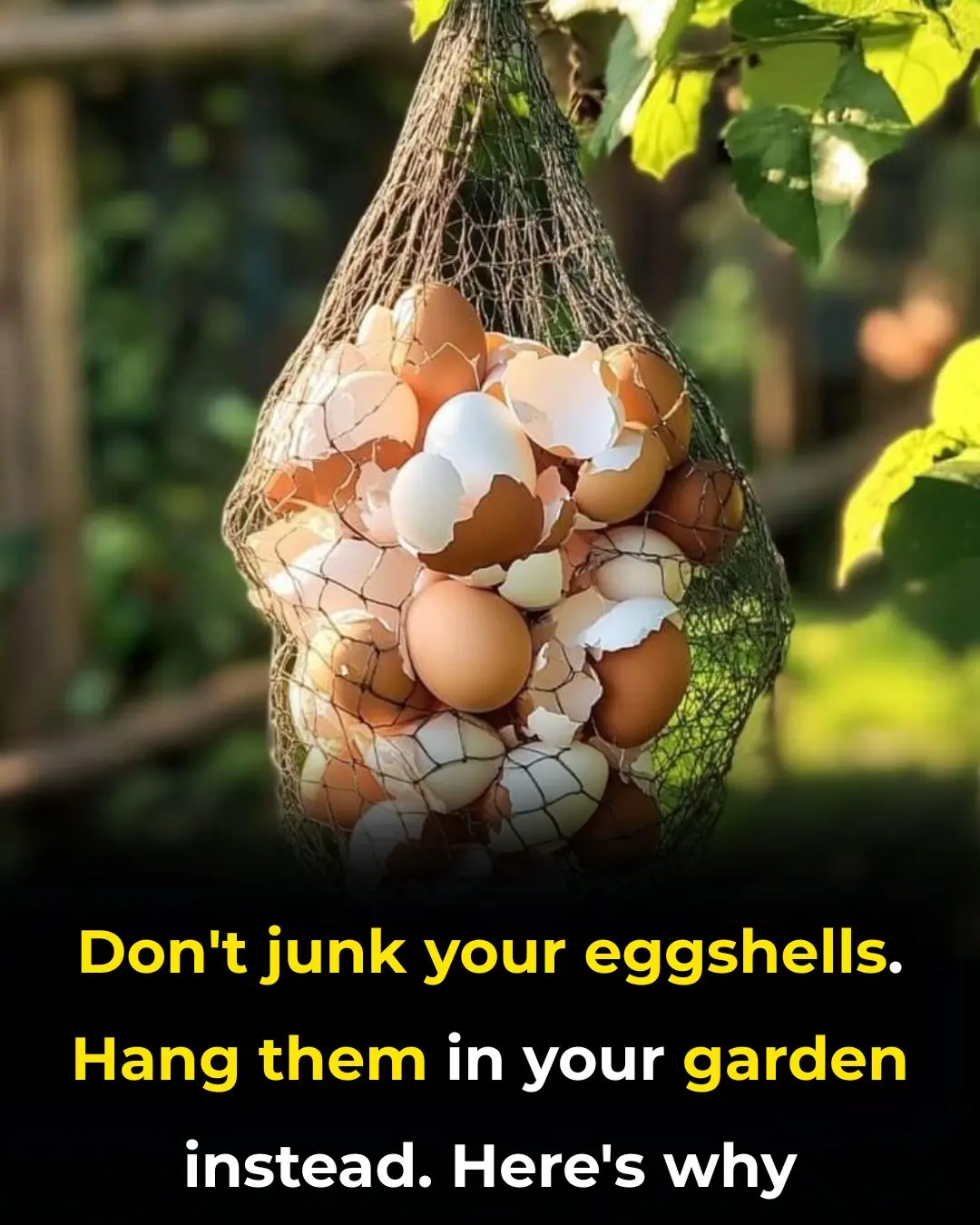
Don’t Junk Your Eggshells. Hang Them in Your Garden Instead. Here’s Why

You Are Doing It All Wrong. Here’s the Right Way to Prune Plants Before Frost

Angela Witherspoon Is Downsizing. See What She’s Asking for John Witherspoon’s L.A. Estate

Kevin Hart Calls His Friend Investments ‘An Endless Pit of Bankruptcy.’ And He’s Not Joking

Meet The First Black Woman To Earn a Ph.D. in Neuroscience from the University of Rochester

Strictly Come Dancing fans desperate to know if Vito Coppola is married as he and Ellie Goldstein leave show

Meet 102-Year-Old Eloise Brown, the Philadelphia Eagles Biggest and Longtime Fan

Meet The Couple Behind The First Black-Owned Virtual Bridal Company

Strictly stars Balvinder Sopal and Julian Caillon given much-needed boost following third dance-off

Rev. Al Sharpton Leads ‘Buy-In’ at Harlem Costco to Support Companies Prioritizing DEI

Strictly star Ellie Goldstein’s future ‘revealed’ as she breaks silence on exit

Obama Photobombs Cherry Blossom Picture in Heartwarming Unforgettable Moment for D.C. Family

Jennifer Aniston finally goes Instagram official with new boyfriend Jim Curtis: ‘My love’

Announcement made over King Charles’ residences Buckingham Palace and Windsor Castle as tickets revealed

NYC mayor-elect Zohran Mamdani vowed to "stop" Donald Trump during his victory speech

Gemma Atkinson addresses outrage over 'wedding dress' choice as Gorka hits back

Nina Dobrev mocks her split from Shaun White with pointed Halloween costume
News Post

You Are Doing It All Wrong. Here’s the Right Way to Water Plants in Winter

Don’t Junk Your Eggshells. Hang Them in Your Garden Instead. Here’s Why
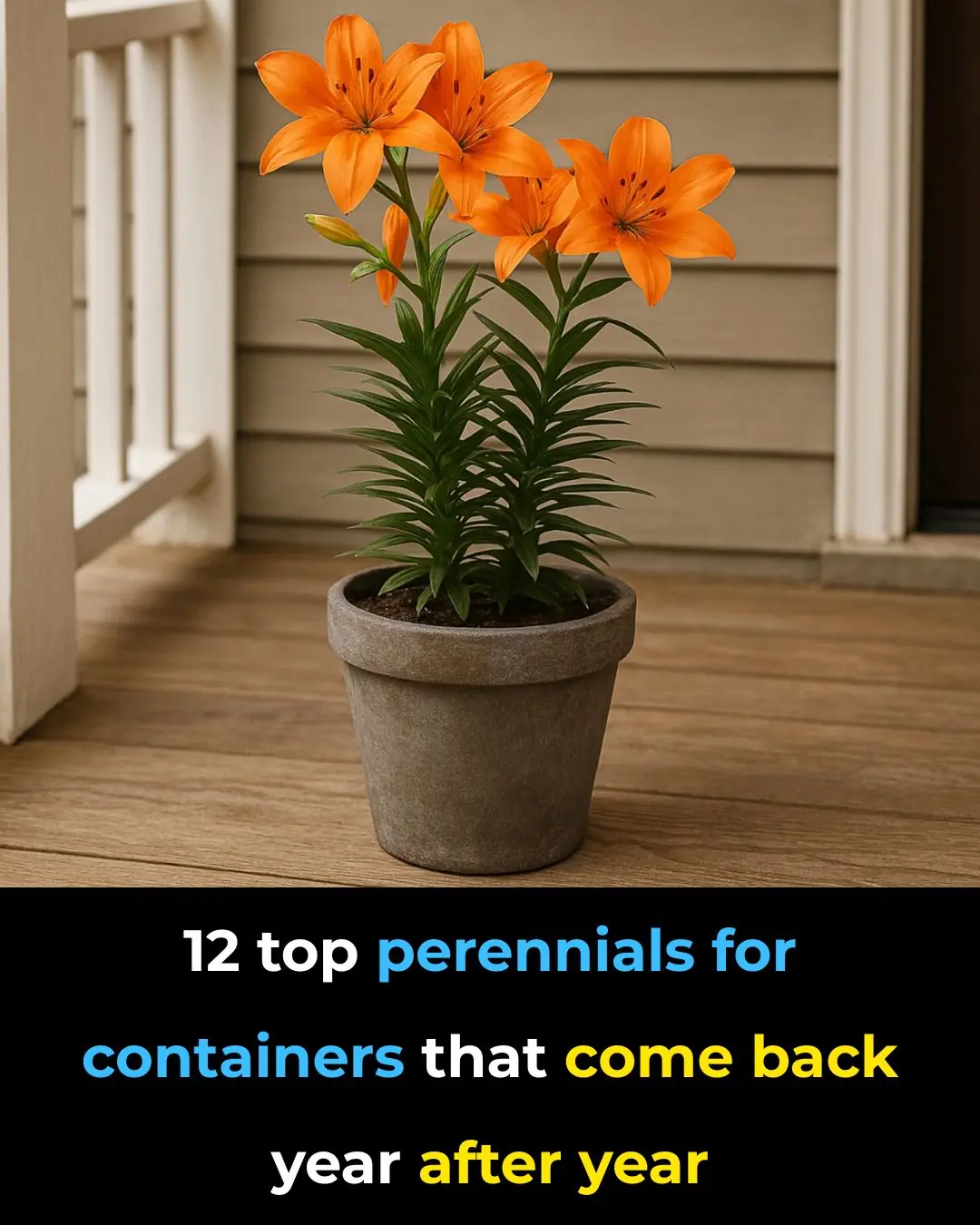
12 Top Perennials for Containers That Return Year After Year

You Are Doing It All Wrong. Here’s the Right Way to Prune Plants Before Frost
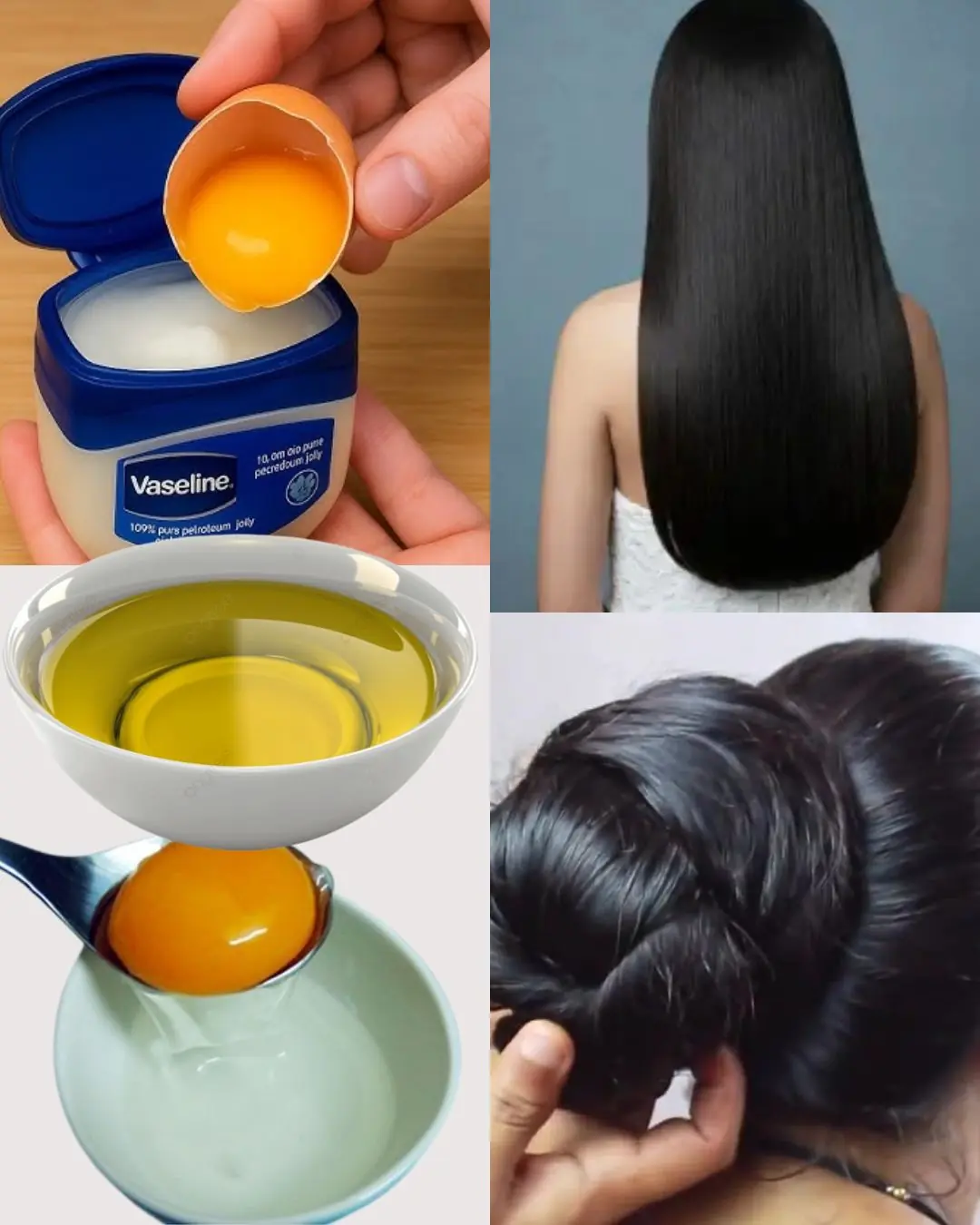
DIY Egg & Vaseline Hair Mask for Extreme Shine and Smoothness 🥚🌟

Arthritis warning: 10 everyday foods making your pain and inflammation worse

7 nuts you must eat for better health (and the #1 nut you should NEVER touch)

9 Warning Signs of Diabetes You Shouldn’t Ignore
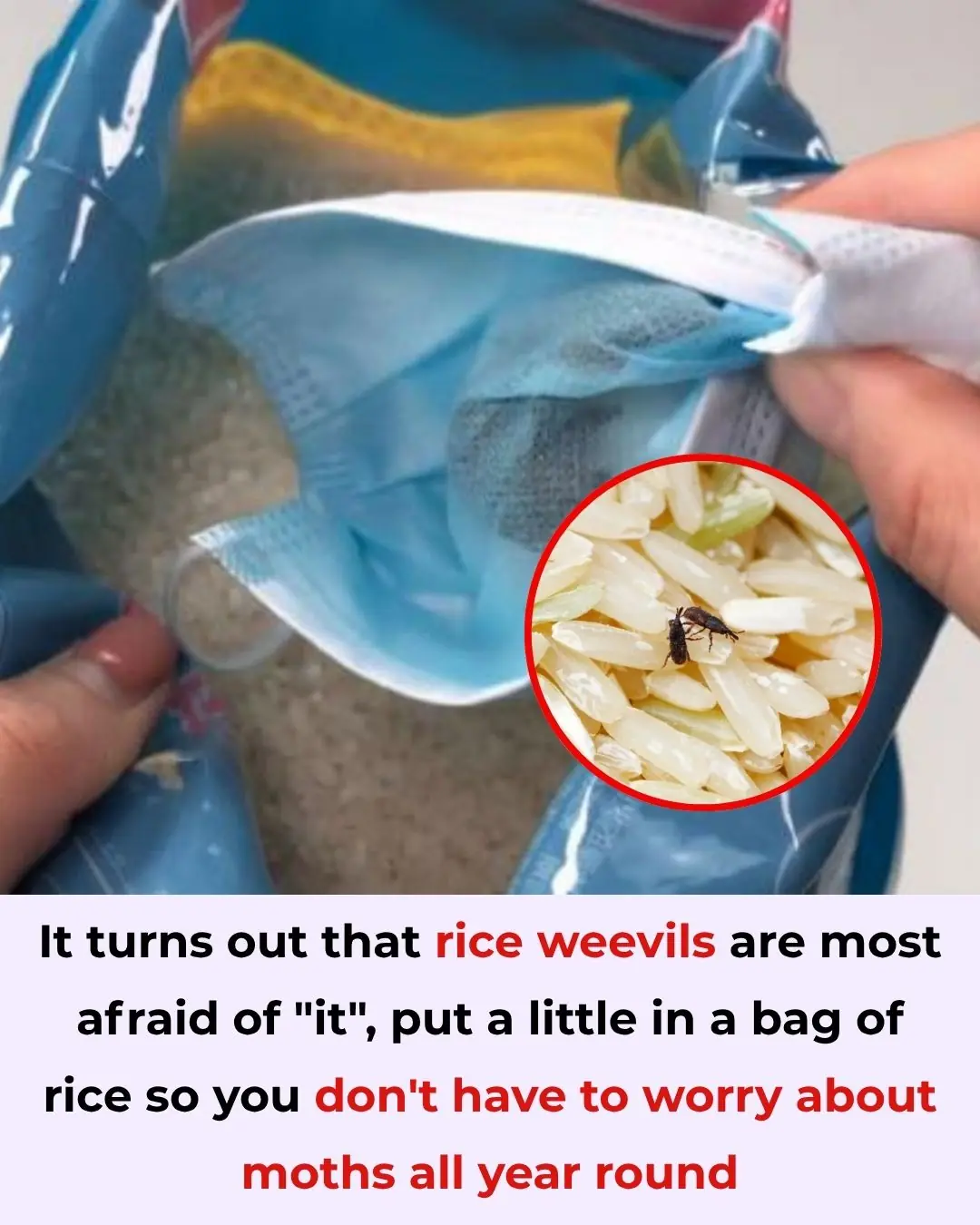
It Turns Out Rice Weevils Fear “This Thing” the Most – Put a Little in Your Rice Bag and You Won’t Worry About Pests All Year

6 Household Appliances That Consume More Electricity Than Air Conditioners and Refrigerators: Unplug Them to Avoid Skyrocketing Bills
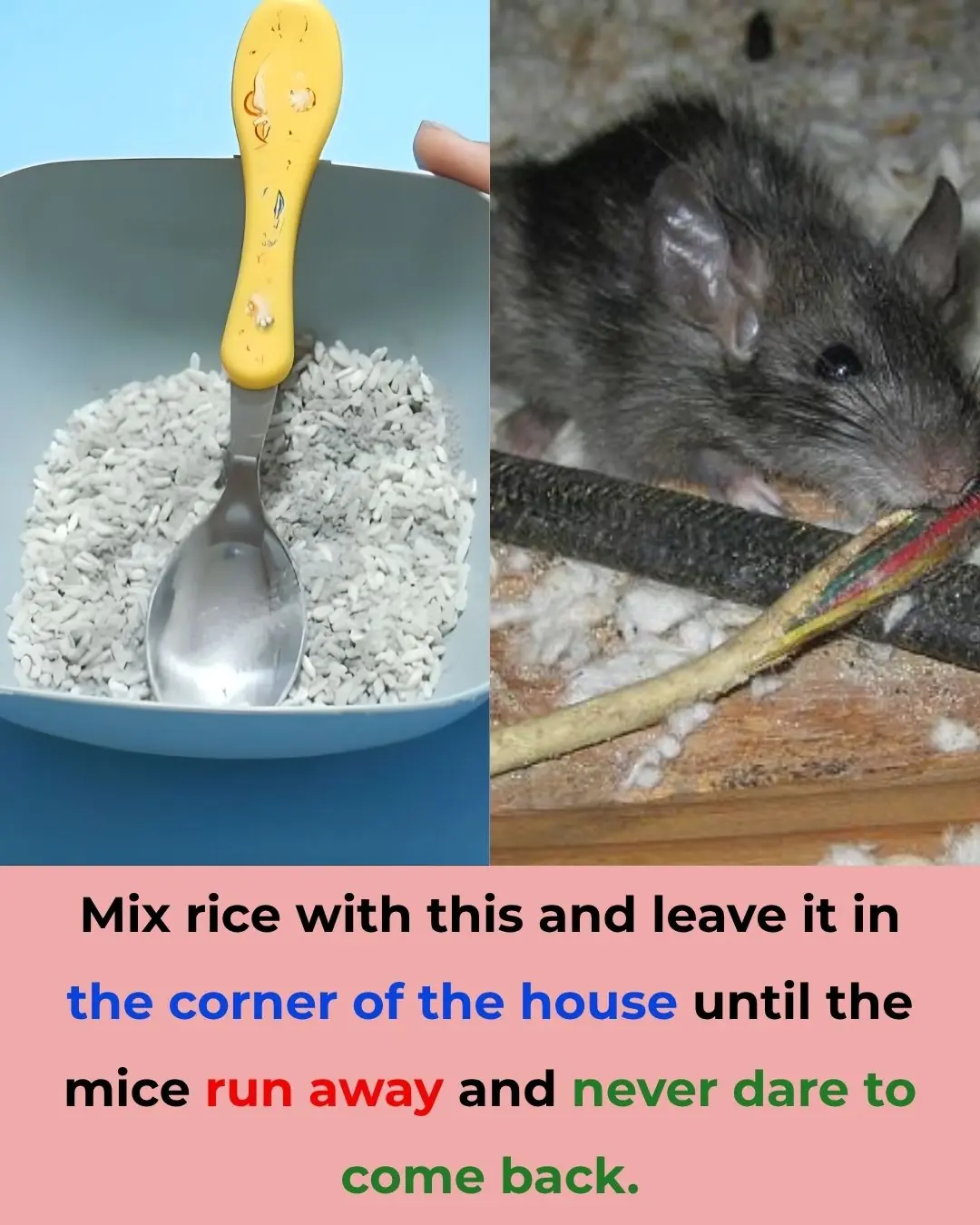
5 Natural Ways to Keep Mice Away from Your Home Without Using Poison
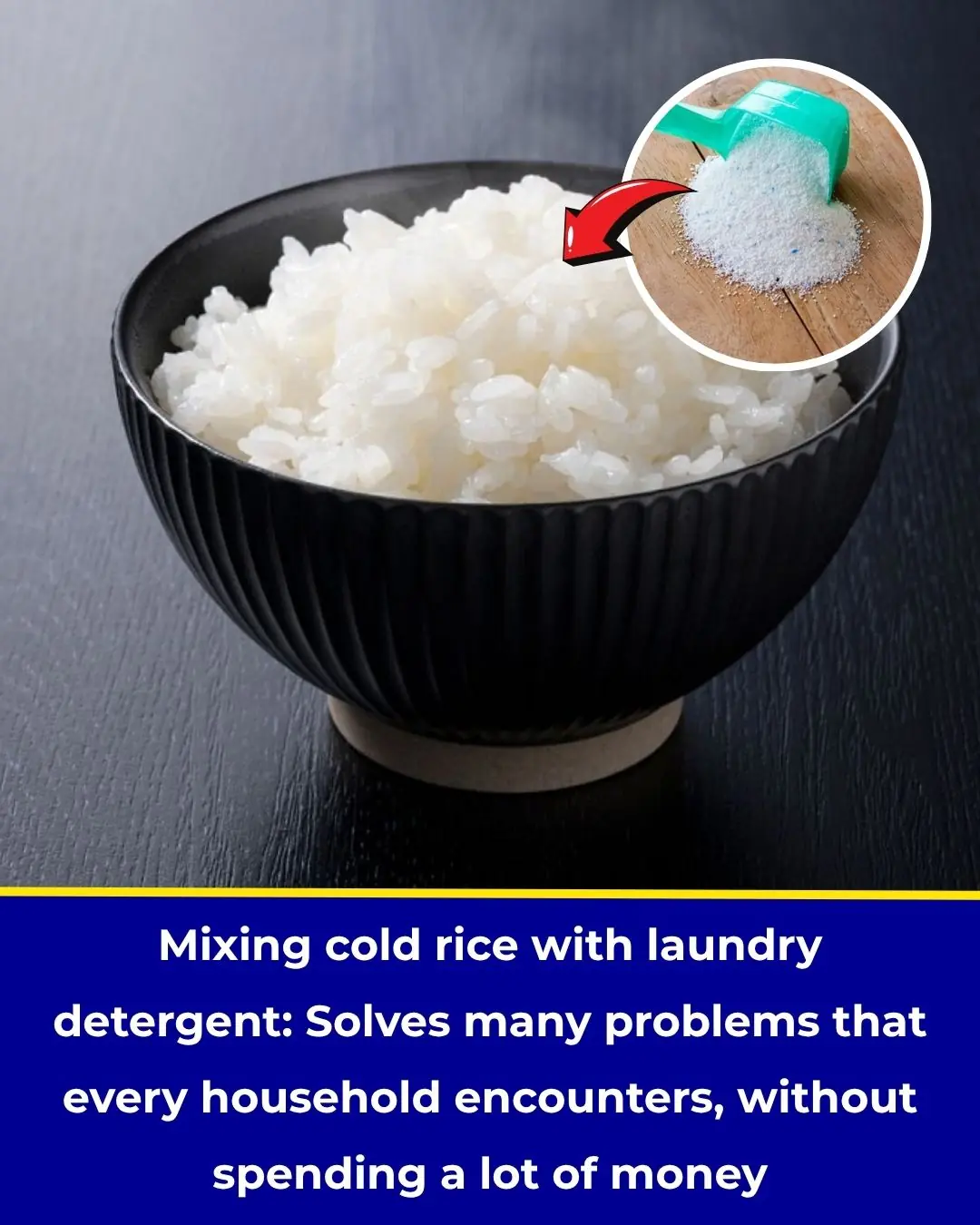
Mix Leftover Rice with Laundry Detergent – A Surprising Household Hack That Solves Common Problems Without Costing a Dime
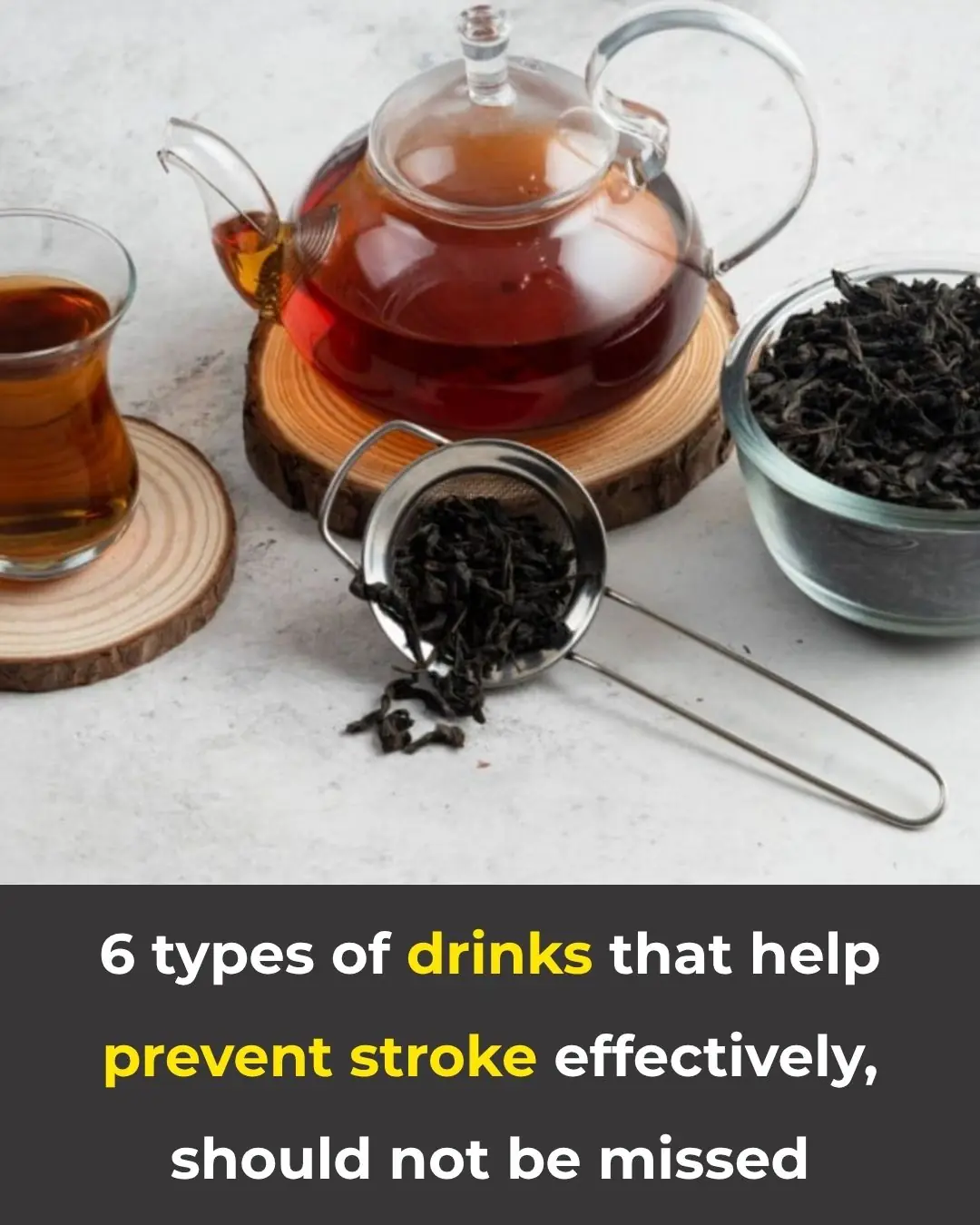
6 Healthy Drinks That Help Prevent Stroke — Simple, Effective, and Worth Adding to Your Routine

Air Conditioner Leaking Water Indoors?
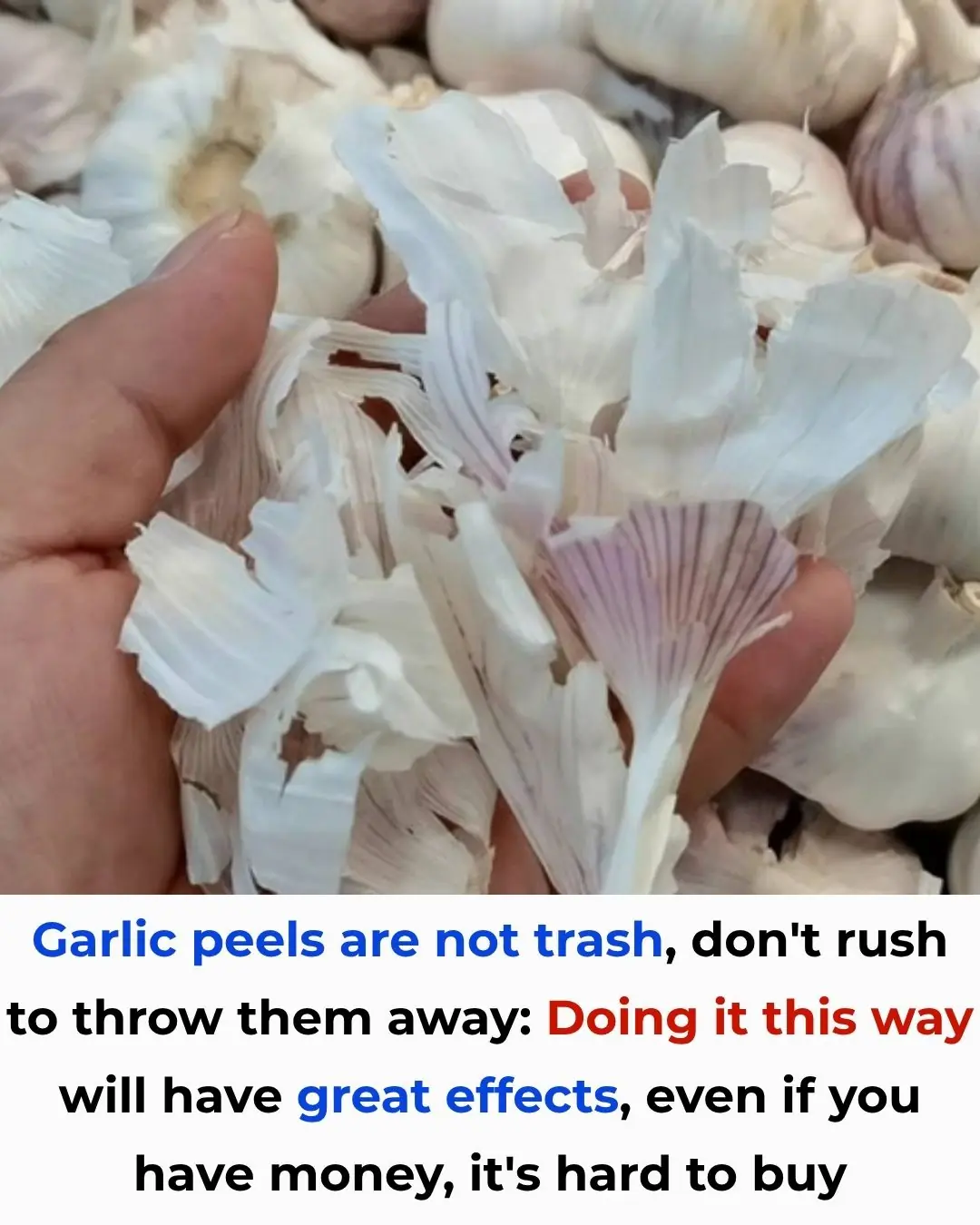
Garlic Peels Are Not Trash – Don’t Throw Them Away!

Why Your Acne Is Returning as an Adult

1 Cup to Cleanse Your Lungs of Phlegm and Toxins
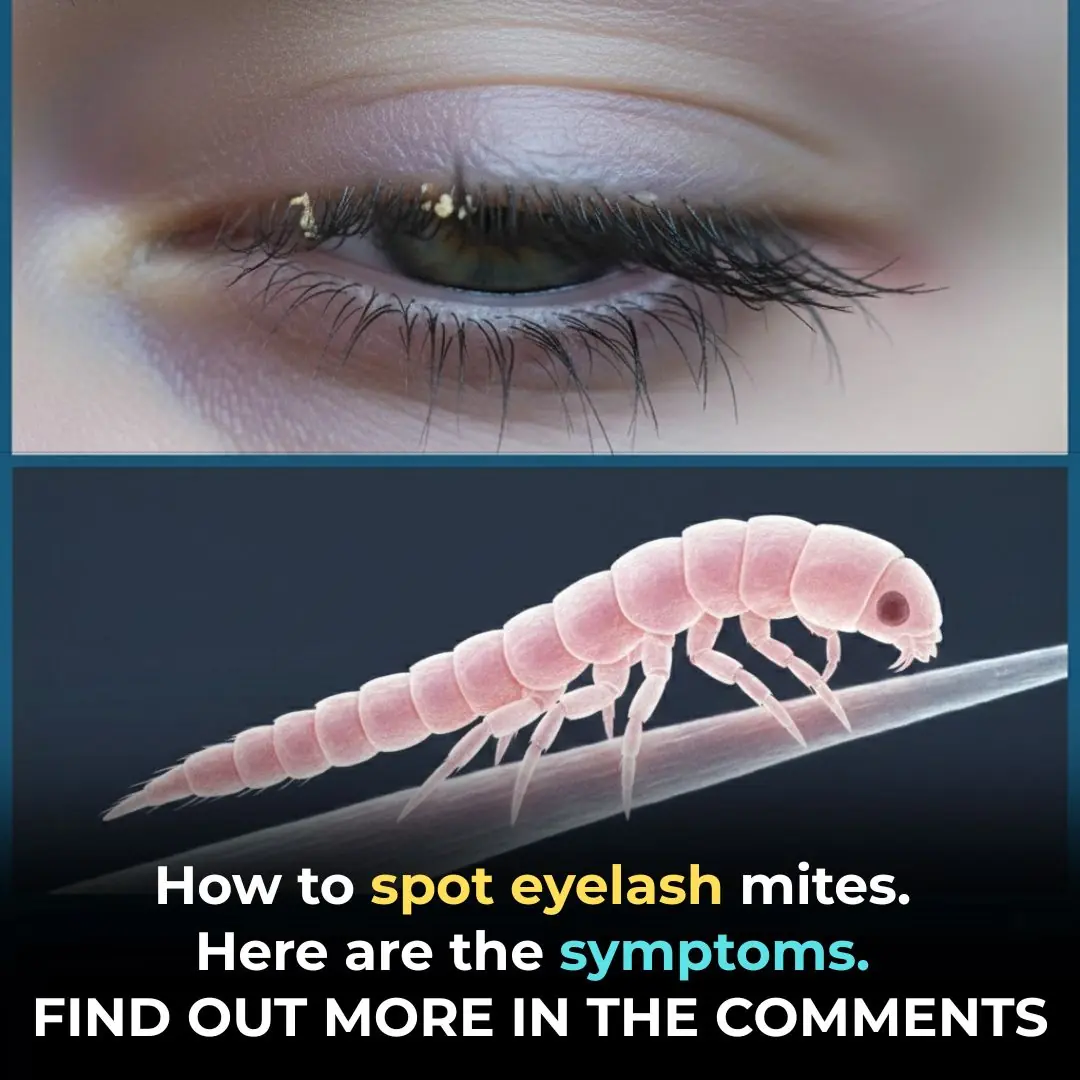
How To Spot Eyelash Mites
